Preparing vegetable garden
jaidog
12 years ago
Related Stories
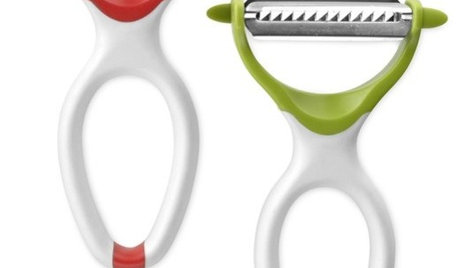
12 Vegetable Peelers to Make Quick Work of Your Garden Bounty
Steel yourself: These ergonomic and modern-looking tools bear little resemblance to the one-note peelers of the past
Full Story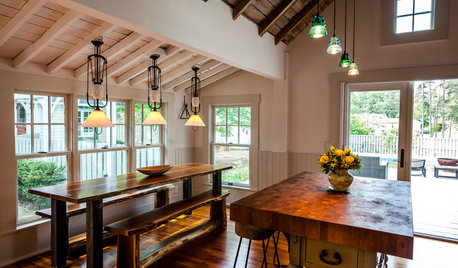
KITCHEN DESIGNKitchen of the Week: Rustic Space Opens to Herb and Vegetable Gardens
Well-chosen recycled and repurposed features create a North Carolina cottage kitchen with a distinctive look and personality
Full Story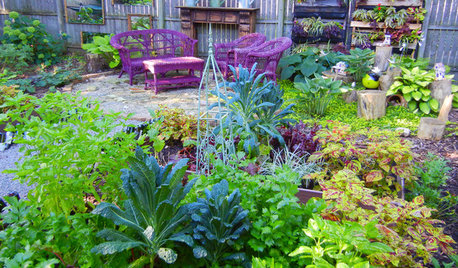
GARDENING GUIDESShades of Vegetable Gardens: Growing Edibles in Less Sun
See how one gardener produces a veritable feast of vegetables and herbs under a canopy of shade
Full Story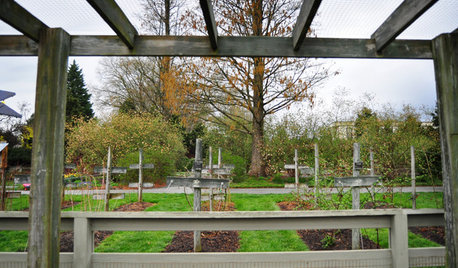
GARDENING AND LANDSCAPINGVegetable Growing Lessons From Longwood Gardens
Get ideas for your own edible landscape from a Pennsylvania showpiece and teaching garden
Full Story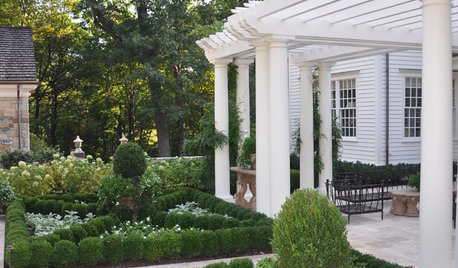
GARDENING AND LANDSCAPINGCream-of-the-Crop Vegetable Gardens
Both trendy and traditional, these inspired potager designs turn the everyday vegetable garden into art for your landscape
Full Story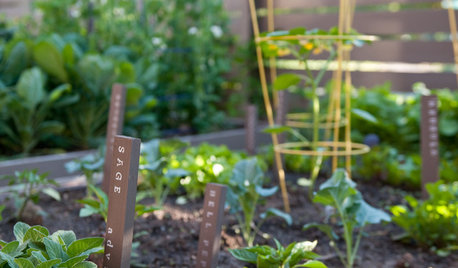
EDIBLE GARDENSKeep Track of Your Vegetable Garden With Plant Markers
Bring order to your edible beds with these labeling ideas
Full Story
GARDENING GUIDESVegetables and Flowers Mix in Beautiful Edible Gardens
Ornamentals, meet your edible garden mates. We know you'll get along just beautifully
Full Story
FARM YOUR YARD9 Ways to Change Up Your Vegetable Garden for the Coming Season
Try something new for edible plantings that are more productive than ever
Full Story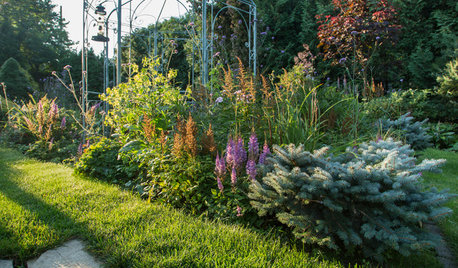
INSPIRING GARDENSMy Houzz: A Canadian Garden Is Well-Prepared for the Cold Weather Ahead
Through trial and error over 3 decades, a retired schoolteacher-turned-hobby gardener creates an idyllic garden retreat
Full Story
MOST POPULARHow to Start a Cool-Season Vegetable Garden
Late summer and late winter are good times to plan and plant cool-season crops like salad greens, spinach, beets, carrots and peas
Full Story






jonhughes
jaidogOriginal Author
Related Professionals
Ballenger Creek Landscape Architects & Landscape Designers · Rossville Landscape Architects & Landscape Designers · Frisco Landscape Contractors · Andover Landscape Contractors · Cicero Landscape Contractors · Mount Kisco Landscape Contractors · Norristown Landscape Contractors · Plantation Landscape Contractors · Santa Maria Landscape Contractors · 07920 Landscape Contractors · Baileys Crossroads Landscape Contractors · Auburn Decks, Patios & Outdoor Enclosures · Estero Decks, Patios & Outdoor Enclosures · Green Bay Decks, Patios & Outdoor Enclosures · Jeffersonville Decks, Patios & Outdoor Enclosureskpev7hard
jonhughes
jonhughes
jaidogOriginal Author
jonhughes
mustard_seeds
jaidogOriginal Author
oliveoyl3
Kimmsr
terrene
kpev7hard
oliveoyl3
jaidogOriginal Author
mustard_seeds
terrene